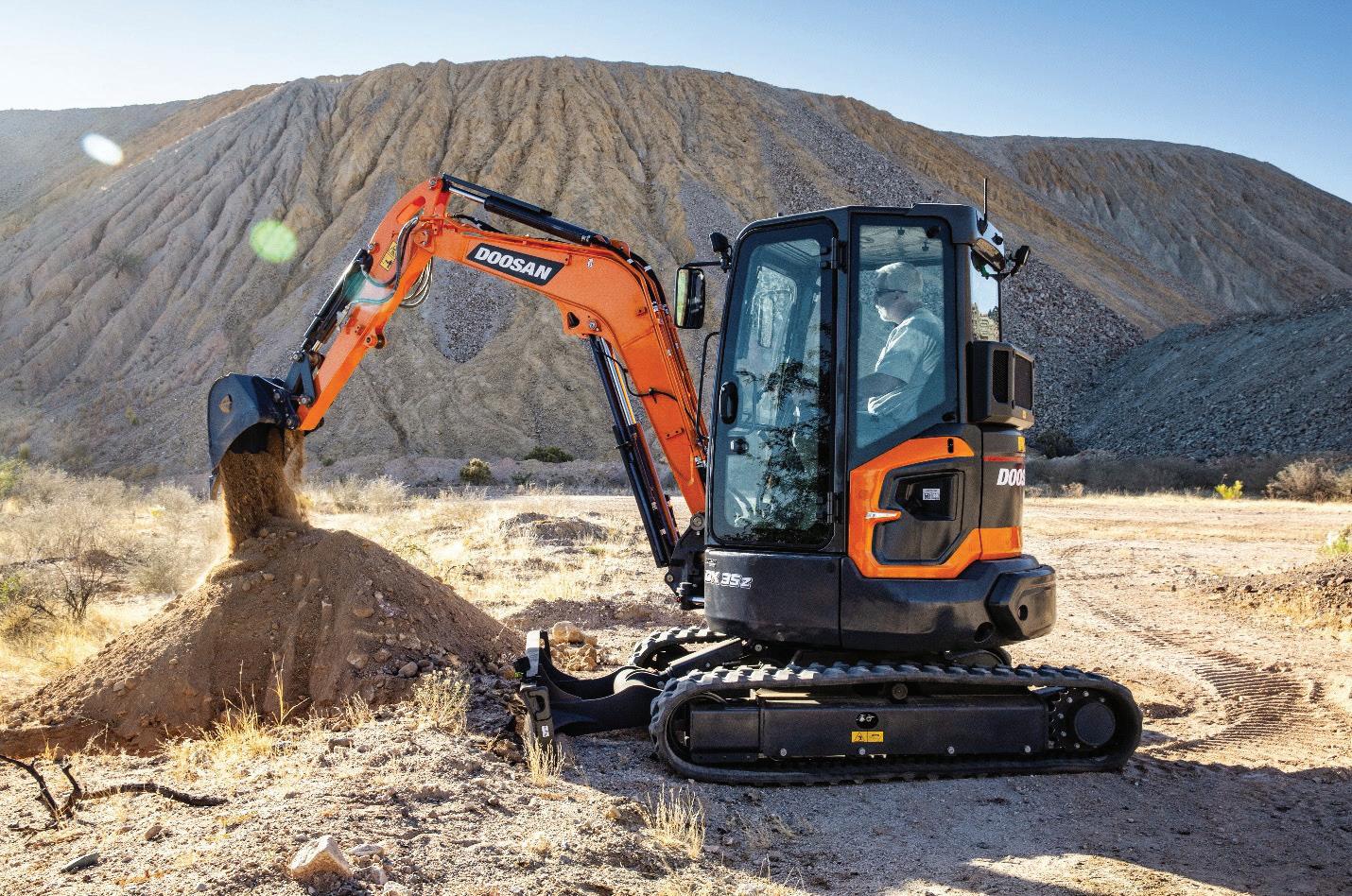
22 minute read
New Products
Doosan Mini-Excavators
The 6,168-pound DX272-7 conventional, 8,807-pound DX35Z-7 and 12,121-pound DX50Z-7 zero tailswing mini-excavators come with the DoosanCONNECT Telematics management system standard. • 24.7- to 48.8-horsepower diesel engines • Digging depths from 8 feet, 8 inches to 11 feet, 5 inches • Maximum digging reach (ground) from 14 feet, 10 inches to 19 feet
Read more. forconstructionpros.com/21952801

ASV MAX-Series RT-135/RT-135 Forestry Compact Track Loader
The 11,265-pound RT-135 compact track loader is suited for highintensity applications in a variety of industries, while the 12,990pound RT-135 Forestry is suited for brush cutting, mulching and other high-flow tasks. • 132-horsepower Cummins engine combined with a 50-gallon per minute maximum auxiliary flow and an oversized auxiliary pump capable of 66 gallons per minute • Operating capacities of 3,535 and 4,150 pounds (35% of tipping load) • 52-gallon fuel tank
Bobcat R2-Series Excavators
The 25-E32, 25- E35 and 33-horsepower E35 have 7,403-, 7,659- and 7,893-pound operating weights and dig depths of 121.2 inches. • Low-effort joysticks and hydraulic control valve • Advanced hydraulic controls to seamlessly swing boom while operating an attachment without sacrificing power • Spacious cab with control pattern selector under seat
Read more. forconstructionpros.com/21796968

JCB 35Z-I Zero Tailswing Compact Excavator
The 3.5-metric ton 35Z-I is powered by a 24.7-horsepower Perkins Tier 4/Stage V diesel engine that meets EPA emissions requirements with no need for electronic control, DPF or EGR. • Digging depth of 10 feet, 5 inches • Nearly 7,200 pounds of bucket tearout force • Programmable auto-idle and four different engine modes reduce fuel consumption • Bosch-Rexroth variable displacement, load-sensing, electro-proportional hydraulic pump
Read more. forconstructionpros.com/21940198
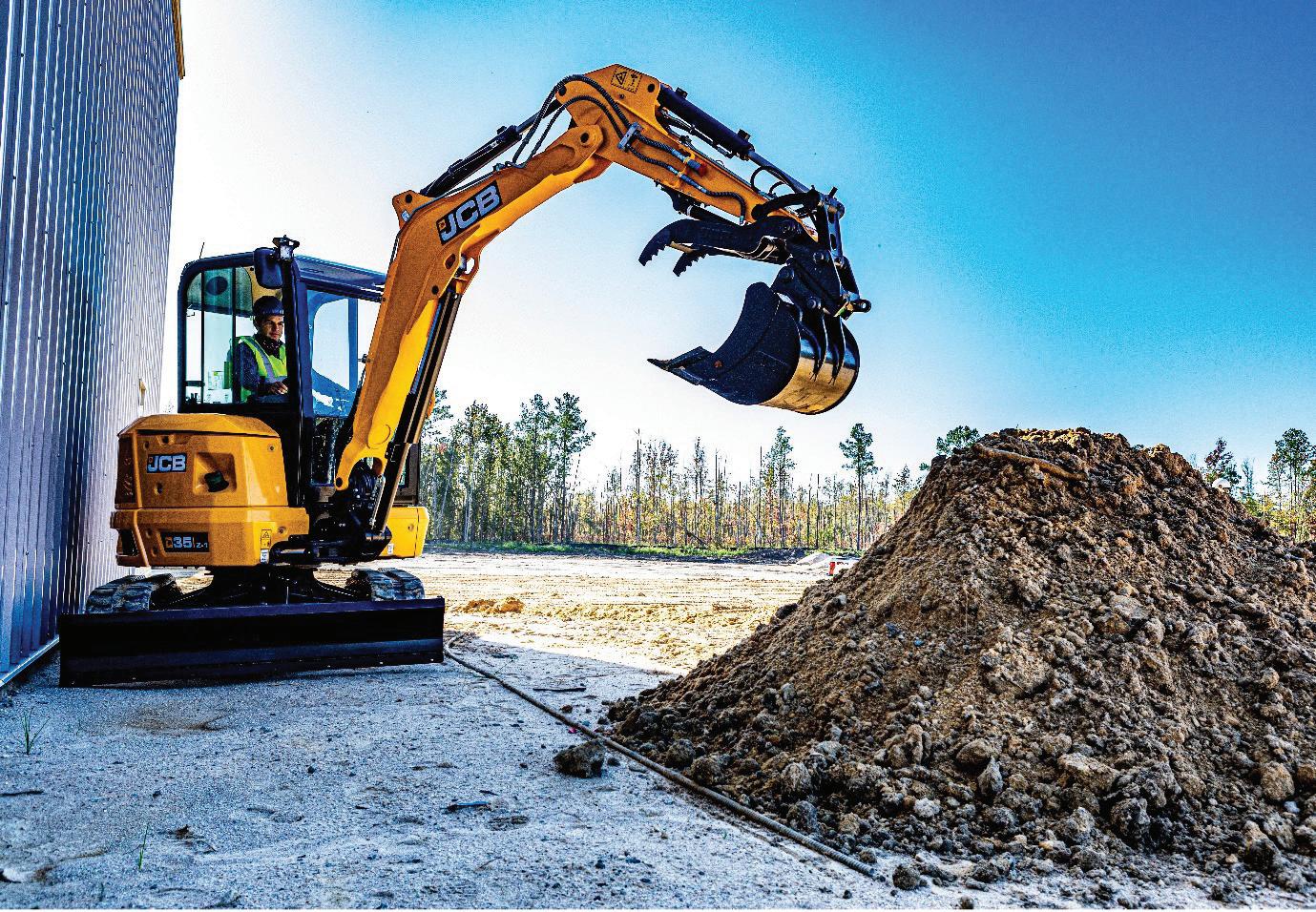



Wacker Neuson WL28 Articulated Wheel Loader
The 3-ton, 0.5 cubic yard loader is designed for construction, landscape and snow removal applications, offering modern technology, increased visibility and more. • Minimized tail swing and optimized steering angle that allows navigation in tight spaces • Operable in year-round applications • Stage V Yanmar engine is available in two options: 45 and 54 horsepower
Read more. forconstructionpros.com/21808640 Kubota SCL1000 Stand-On Track Loader Attachments
A line of attachments is available for the SCL1000 stand-on track loader. • Six buckets in standard and high-capacity options ranging from 36 to 48 inches • Pallet fork offers 36- and 42-inch fork lengths with a 1,200-pound capacity • Power rake has a 48-inch working width, center pivot and adjustable hydraulic angling
Read more. forconstructionpros.com/21509511
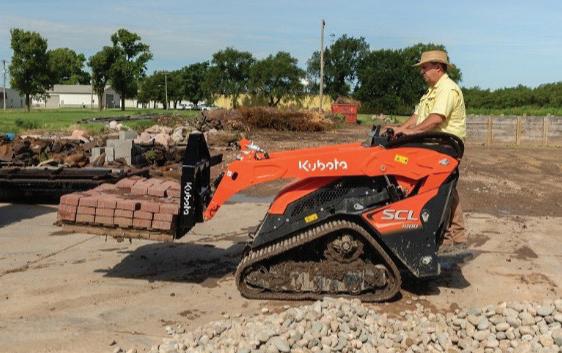
PACK SOME PUNCH ON JOBSITES
DEALERS WANTED
Interested in becoming a dealer of Ammann Light Compaction Equipment? Please contact us at info.aaa@ammann.com or call (954) 493-0010 for more information.
YOU CAN BRING COMPACTION PUNCH TO YOUR LIGHT EQUIPMENT FLEET WITH:
• A comprehensive product lineup that offers the optimal weight, dimensions and engine for your needs. • A powerful vibratory system that puts any material – from wet clays to dry aggregates – in its place. • Controls that are intuitive so even inexperienced operators can be productive. • A robust customer service network that supports the machines – anytime, anywhere. • Extended service intervals that minimize maintenance costs and maximize uptime.
Ammann compaction equipment provides all that – and more. You’ll never a miss round with these lightweight champions.
Ammann America Inc.
1125 SW 101st Road, Davie, FL 33324 For additional product information and services please visit: www.ammann.com MMP-2488-01-EN | © Ammann Group
Case Precision Grader Blade
This Precision Grader Blade for large-frame compact track loaders is compatible with the use of laser receivers, sonic tracers, GNSS/GPS and total stations. • “Plug and play” attachment design with auxiliary hydraulics and 14-pin electrical connection • 108-inch moldboard capable of jointly changing elevation and slope through dual lift cylinders • 97-inch grading width at full rotation
Read more. forconstructionpros.com/21710565
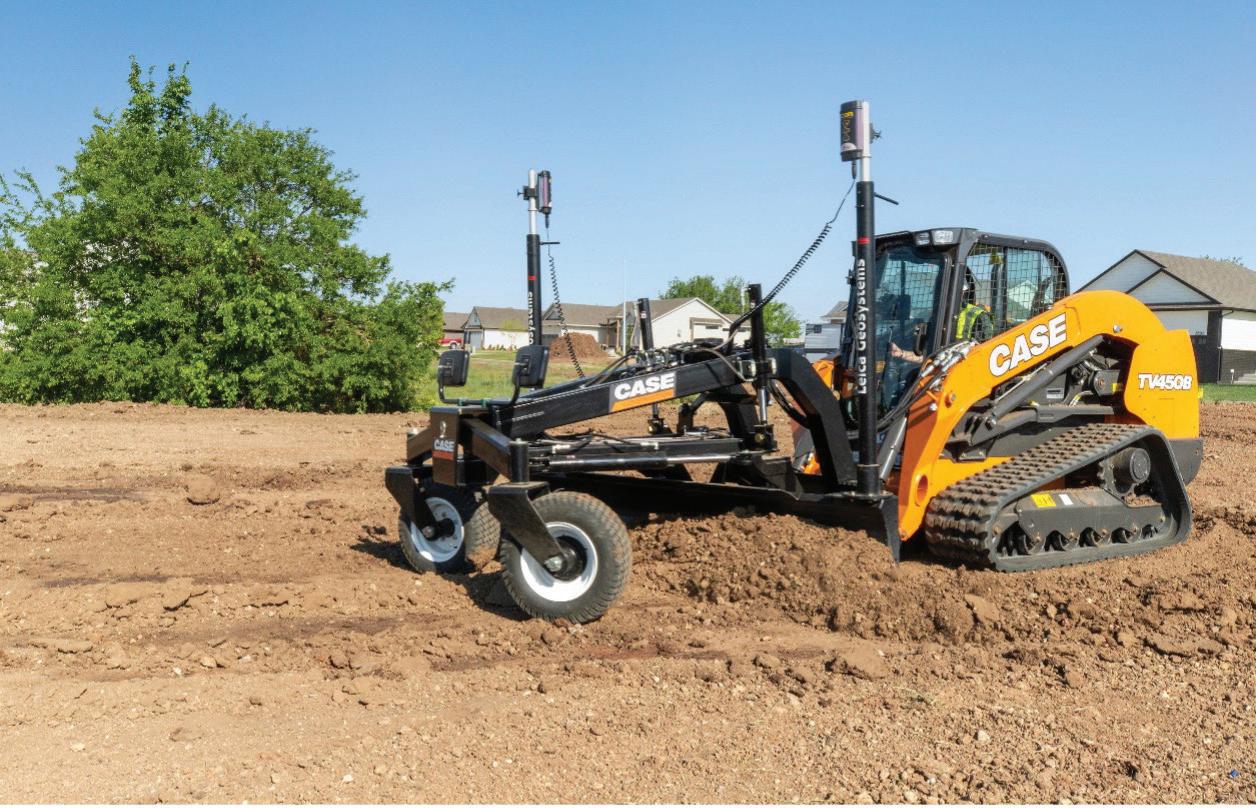

John Deere Anti-Vibration Undercarriage System
An anti-vibration undercarriage system is now available on zig-zag bar tracks on the John Deere 333G compact track loader models. • Bogie roller system allows for oscillating movement of rollers • Oscillating bogie arm includes only four new, easy to access grease points • Angled steel shield protects hydrostatic hoses from exposure to debris
Read more. forconstructionpros.com/21614822

SAVINGS
30%
Do you need to stock up on filters to perform preventative maintenance on your customer's equipment or your rental fleet? A successful maintenance strategy keeps your equipment running and prevents costly, unplanned downtime.
When you buy from TVH, you can save up to 30% on quality filters that meet or exceed OEM requirements. We offer millions of industrial, construction and material handling equipment parts with same-day shipping and next-day delivery.
Order today and save on quality parts from TVH!WWW.TVH.COM
KATO AS12 Skid-Steer Loader
The AS12 radial lift skid steer delivers enhanced performance in a compact package that comes as narrow as 3 feet, 1 inch and has an overall length of 8 feet, 6 inches. • Operating weight of just over 3,000 pounds and a 728-pound operating capacity • 1,641 pounds of breakout force and a tipping load of 1,455 pounds • 8-feet, 4-inch height to hinge pin • 9.25-gallon per minute standard hydraulic flow
Read more. forconstructionpros.com/21509409
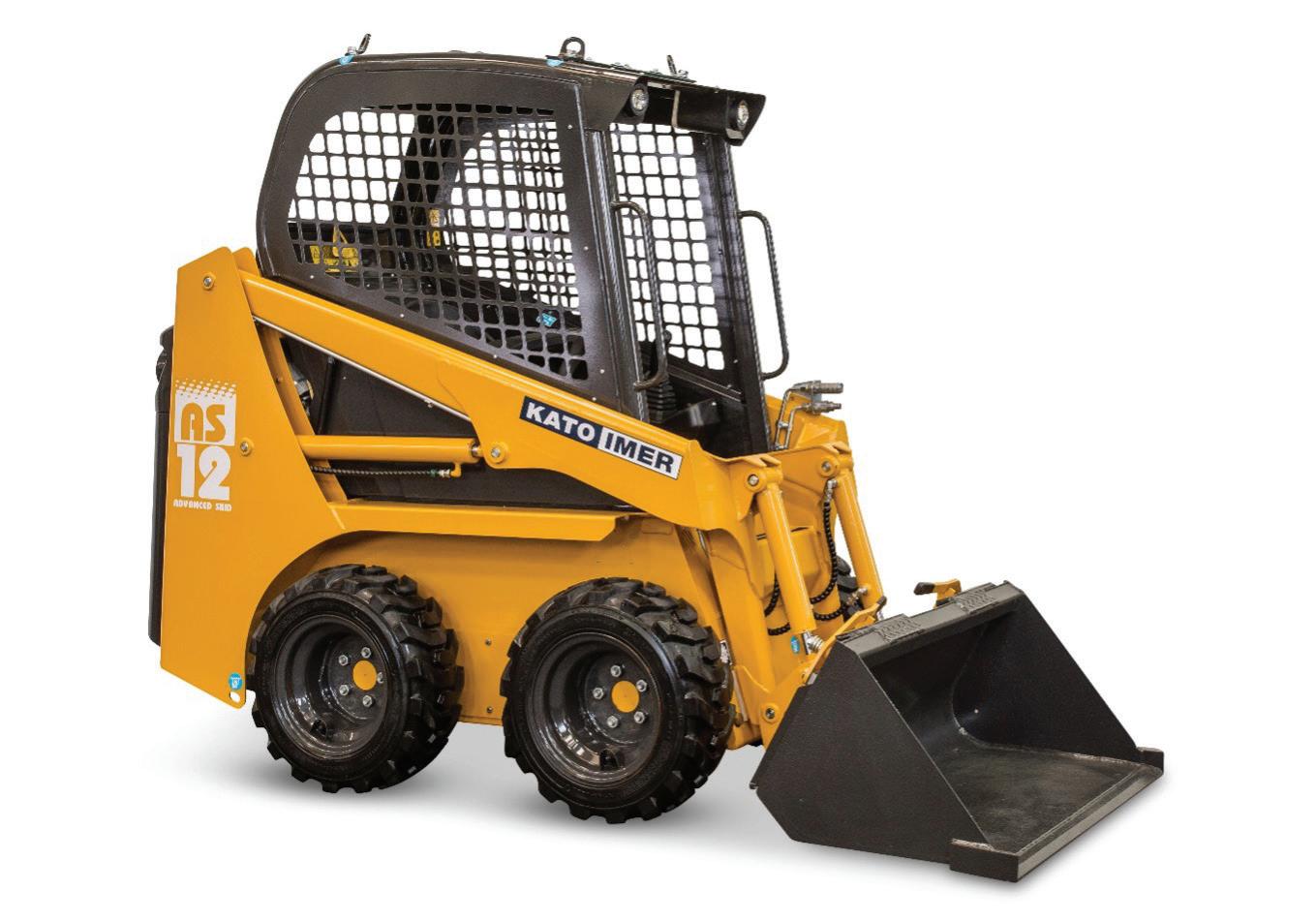
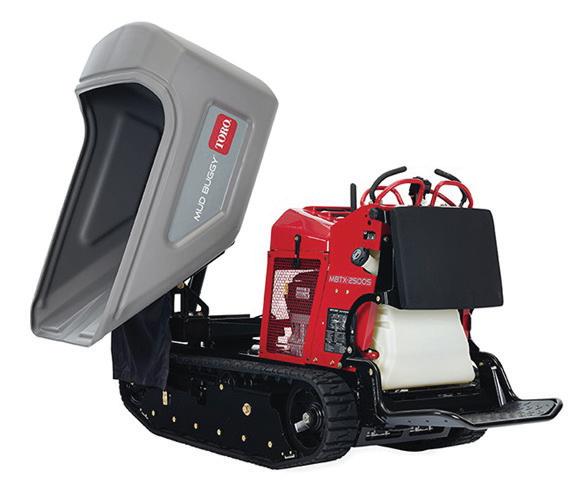
Toro Electric Ultra Buggy
Toro has announced the next evolution in material handling with the new Toro electric Ultra Buggy. • Zero exhaust emissions • Designed for indoor construction and renovation applications • Narrow width of 31.5 inches • Zero-turn-radius • Features a fold-up platform • Powered by HyperCell, a battery system developed by Toro and delivers an 8-hour continuous runtime • Hauls up to 16 cubic-feet or 2,500 pounds of material
Read more. forconstructionpros.com/21993395





π
SHIPPING SUPPLY SPECIALISTS
QUALITY BOXES
ORDER BY 6 PM FOR SAME DAY SHIPPING
COMPLETE CATALOG 1-800-295-5510
HANDLING
900 lbs Platform Capacity With a 7' 7" Basket 360° Continuous Rotation
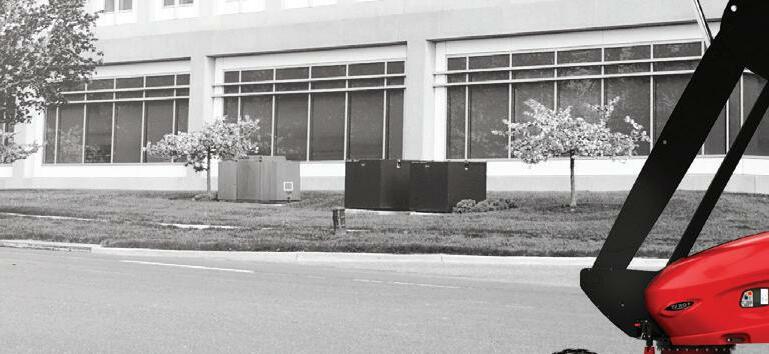
See our full range of aerial work platforms and more at manitou.com
THE FUTURE OF DATA AND PRIVACY IN CONSTRUCTION’S
DIGITAL AGE
As the construction industry wades further into a digitized future, it is imperative that companies exercise caution in regard to data.
The value of data has proven its importance in our increasingly digital world.
While the construction industry hasn’t digitalized as quickly as others, momentum is gaining. Using data, like the information provided by off-highway telematics systems, can provide many benefits.
However, as noted by Tom Valbak Aardestrup, vice president of business development and strategic programs at AEM member company Trackunit, during a recent AEM Product Safety & Compliance Seminar, data must be collected and used with the utmost responsibility, particularly when it comes to personal data.
“There’s an enormous amount of data that is being collected and created, and the world is just connecting even more,” says Valbak Aardestrup.
Embracing the Use of Data
The ways that companies use data is crucial for success, and Valbak Aardestrup warns those who do not embrace the use of data may find their businesses obsolete.
“The world is changing by connecting digitally, but it definitely also brings in some challenging situations,” he says.
According to Valbak Aardestrup, by 2025 we will have 175 zettabytes (ZB) of data being generated by systems supported by the Internet of Things (IoT). Of that vast amount of data, it is estimated that 90% of it will be less than two years old. In order to gain insights from that much data, machine learning and artificial intelligence will be required, putting greater emphasis on cybersecurity.
“It also needs to, of course, be something that can be utilized in a format that is sharable and standardized,” says Valbak Aardestrup. “And then again, of course, it needs to be in a safe and secure environment.”
As a result, companies doing business in the European Union (EU), like Denmark-based Trackunit, must comply with the EU’s General Data Protection Regulation (GDPR). It’s important to note that the GDPR affects those in the United States, as well. The regulation has extraterritorial scope, which means that websites outside of the EU(like in the U.S.) that process data of people inside the EU are obligated to comply with the GDPR.
The GDPR was created for the protection of individuals living in Europe. It applies to all enterprises and governmental bodies, so OEMs selling or offering products within the EU must comply with the regulation.
“It ensures that companies only gather information that they need. It’s definitely a trust issue, and the aim is for me, as an individual person in the European Union, to control who has access to see and use my data,” Valbak Aardestrup explains.
The GDPR also provides an individual with the power to have
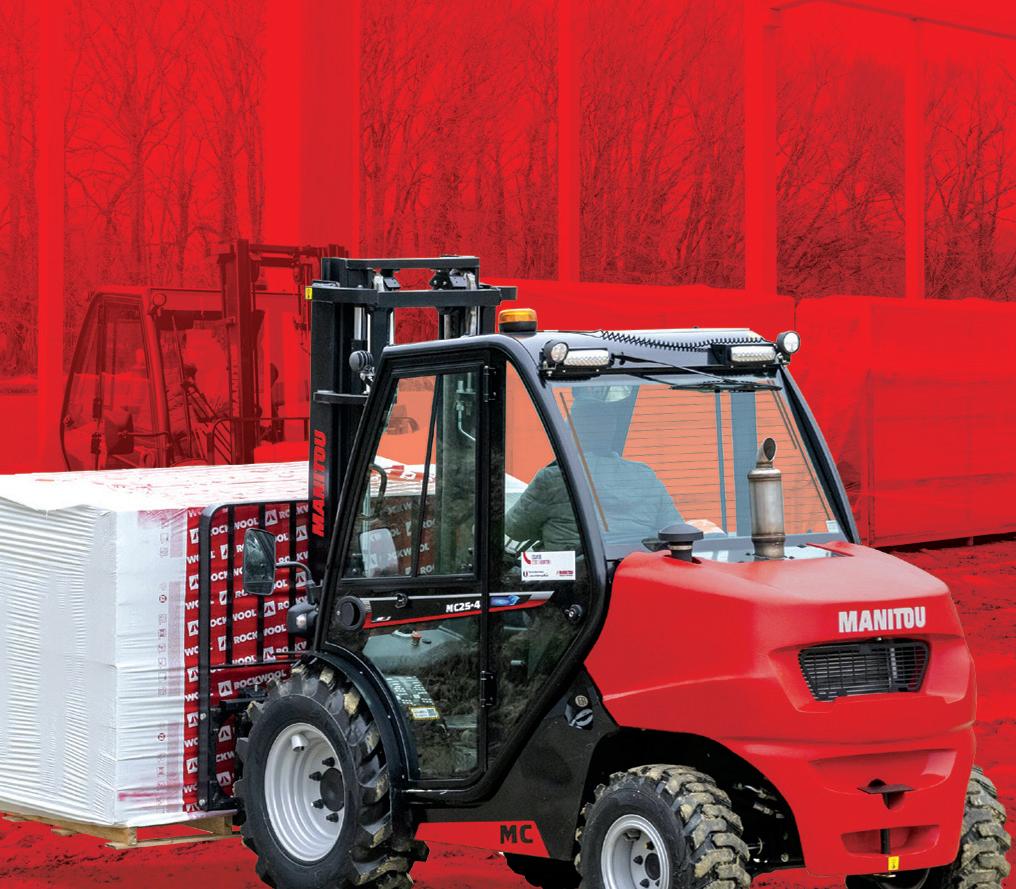
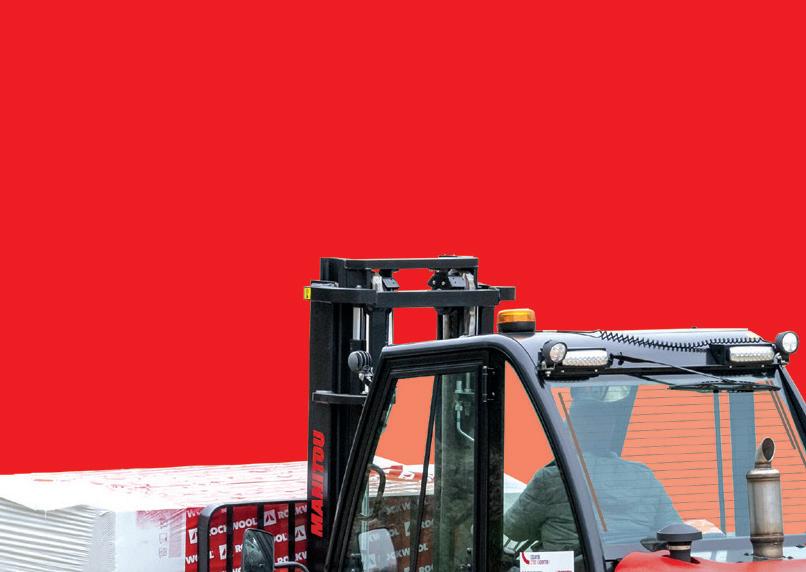
personal data removed, and it ensures data is not exported out of the EU without the individual knowing. What’s more, the GDPR ensures companies using data have a legitimate interest to do so.
As mentioned, the U.S. does have data privacy laws, though there isn’t one federal-level privacy law like the GDPR. There are several verticallyfocused federal privacy laws, as well as a new generation of consumer-oriented privacy laws. According to Varonis, a cybersecurity company, the U.S. has implemented these strategies state-bystate, with the Californian Consumer Privacy Act (CCPA) coming the closest to addressing consumer data privacy.
With no clear direction or insight from Washington, other states have taken a cue from California and have drafted their own privacy laws.
“If you’re active in the EU, I would suggest that you, first, focus on being compliant with GDPR and then, second, if need be, be compliant with CCPA,” he says.
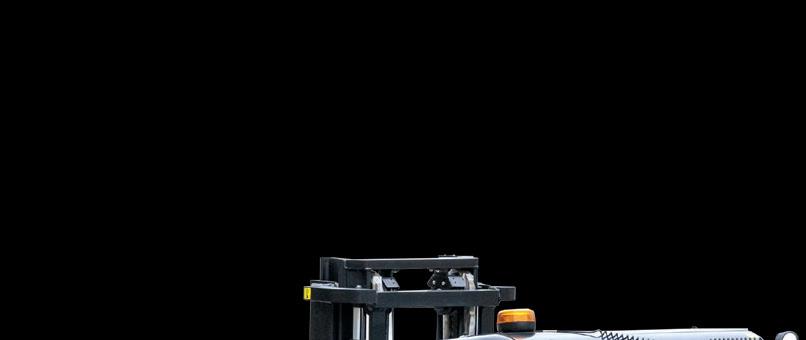
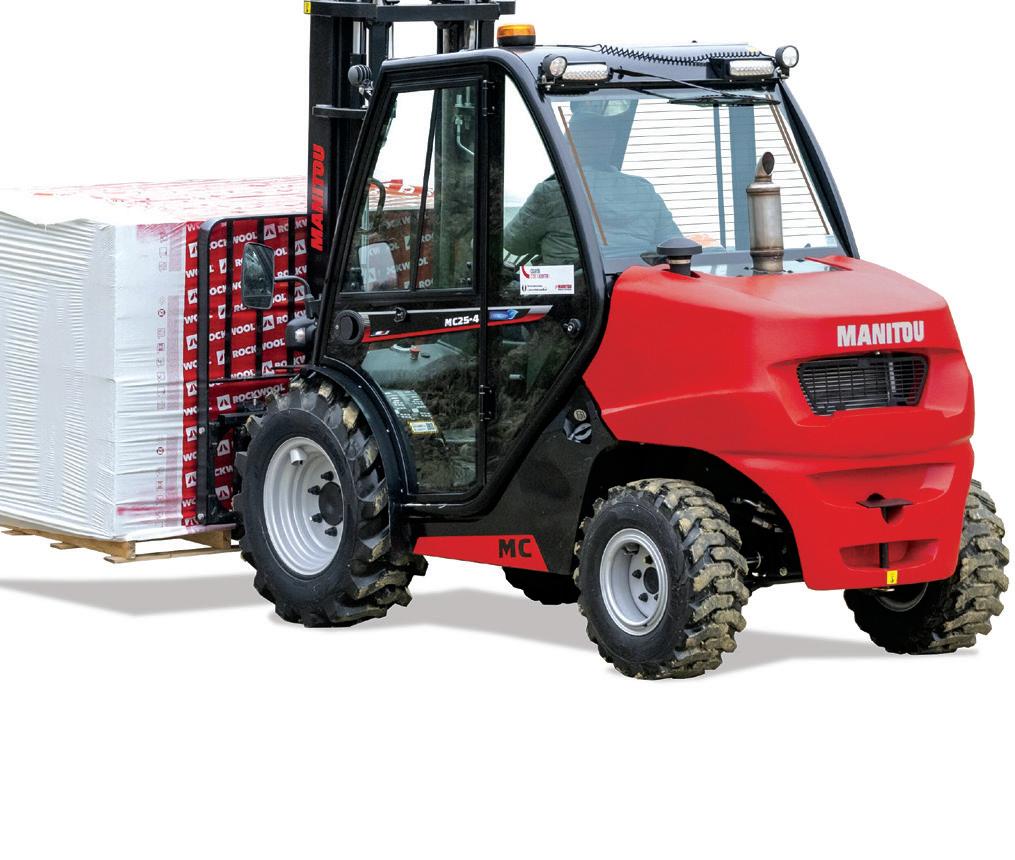
Data Compliance
Valbak Aardestrup notes the importance of understanding what the GDPR is and how the construction industry in Europe has had to navigate this “blanketed regulation” designed to protect consumers. The regulation created a number of challenges, especially within the industry. For example, heavy equipment rentals are a primary segment for tracking, which makes it vital to comply with GDPR as data must be kept secure to remain compliant.
The digitalization of the construction industry provides increased efficiency, better documentation, automation of jobsites, improved maintenance practices, less downtime and safer working environments. Understanding what is considered personal data, and how it can be used properly, is critical.
Examples of personal data within the construction industry can include CCTV monitoring of premises and jobsites, databases of email addresses, the GPS location of equipment when an operator is logged-in, weight sensors on a driver’s seat, and more. Further, any biometric information — like fingerprints — is considered sensitive information and regarded with additional protections.
While compliance is required, there are proper ways to utilize personal data, provided a company has a legitimate interest for using the data. “It has to be fair and transparent,” Valbak Aardestrup says. For example, if someone wanted to find out how a machine is being operated, only the data coming through for that specific time can be used to solve that challenge. “You have to ensure consent is actively submitted,” he adds, noting this can be included contractually in an employment letter.
To avoid challenges, Valbak Aardestrup recommends that datahandling becomes an integrated part of a company’s culture so that data is secure and used within the confines of the GDPR. Protecting an individual’s data must begin when a company is starting to design and develop new solutions that will be introduced to the market.
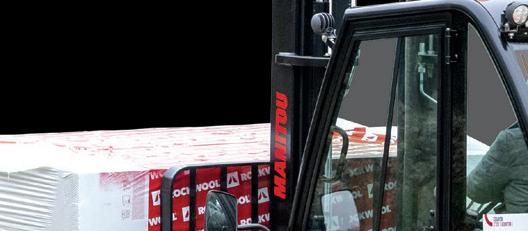
Read More: at forconstructionpros.com/21207026. This article was adapted from its original version, “Data and Privacy in Construction’s Digital Age: What Does the Future Hold?” on the AEM website with exclusive permission from the author. ALL YOUR
Fastest Travel Speed Up To 15 mph Switch Easily From 2WD to 4WD
See our full range of forklifts and more at
manitou.com
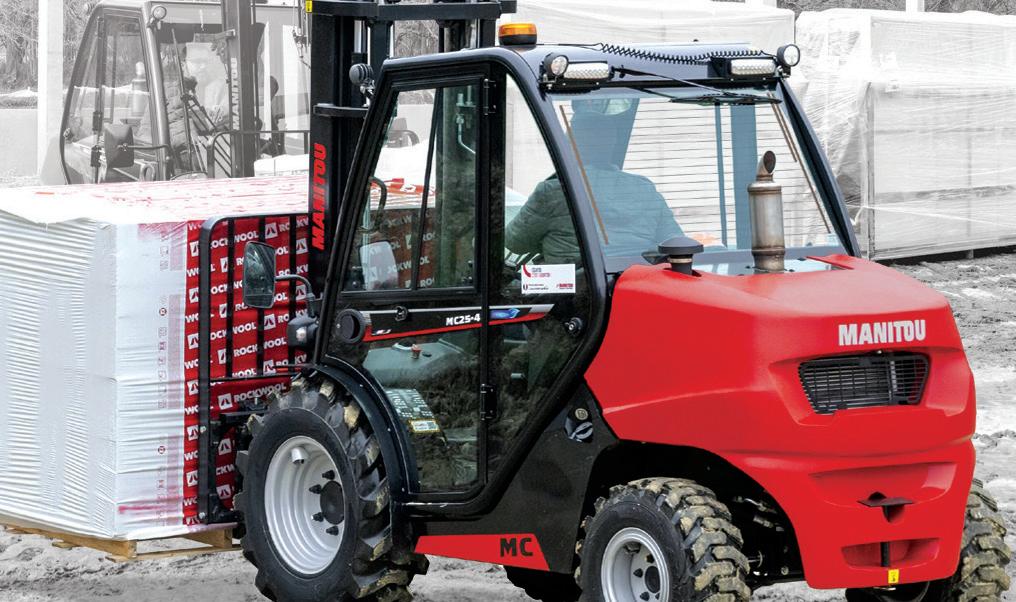
SKYJACK LIFTS INDUSTRY WITH WE RISE CAMPAIGN
It comes as no surprise that the world could use a little more positivity right now. And Skyjack, a Canadian access and material handling equipment manufacturer, has come to the rescue.
In July 2020, the company unveiled their WE RISE global campaign. Its focus is to build upon the company’s core values and the steps the rental industry has taken to become stronger and more connected with communities and employees during COVID-19 and its aftermath.
They aim to do that by recognizing the positivity in the rental industry by highlighting the steps people are taking to get back to growth. They’re encouraging rental companies and business owners to share their stories of things like community donations, volunteering, customer care and protection, staff care and new approaches or practices for the “new normal.”
In a press release, Skyjack President Ken McDougall says, “In the past few months, we have seen how COVID-19 and other social issues have changed the way our customers and we see the world. These have been serious and worrying times. However, out of adversity comes strength. We aim to support the rental industry during the good times and the bad, and we have been heartened by the positive attitude of the rental industry.”
Rental spoke with McDougall to find out how the campaign was started, its lessons for the industry and Skyjack’s outlook for the future of the rental industry.
Q. How did the idea of the WE RISE campaign come to fruition?
A. The last six or more months have been disruptive for everyone. Skyjack, like many other businesses, were meeting daily to manage the crisis. As you can imagine, the mood was negative at times. Yet from time-totime, our mood was lightened by reports of community spirit, and many of these stories involved rental companies.
Therefore, we thought about what we can do that celebrates human nature and the extent to which our own rental community has rallied around the communities where they are located. That led us to WE RISE. Specifically, WE RISE refers to a quote from Robert R Ingersoll, a 19th century writer and orator, that says, “We rise by lifting others.”
Q. Skyjack has an extensive history of community outreach and support. What makes the WE RISE campaign stand out?
A. I think the one thing that stands out is the scale of the global campaign. So far, we have stories from China, New Zealand and Europe, as well as North America. Equally, it does not have to be about our equipment; many stories are about people and what they have done within their community and with their own time and resources.
Q. What do you foresee the WE RISE campaign teaching the rental industry? What are some lessons that can be taken away from this campaign?
A. I am not sure we are looking to “teach” anyone, but more to learn by what others have done and to inform the rest of the rental community and focus on the positive. The takeaway so far is that “tough times do not last, but tough teams do,” and the rental industry is a great example of that.
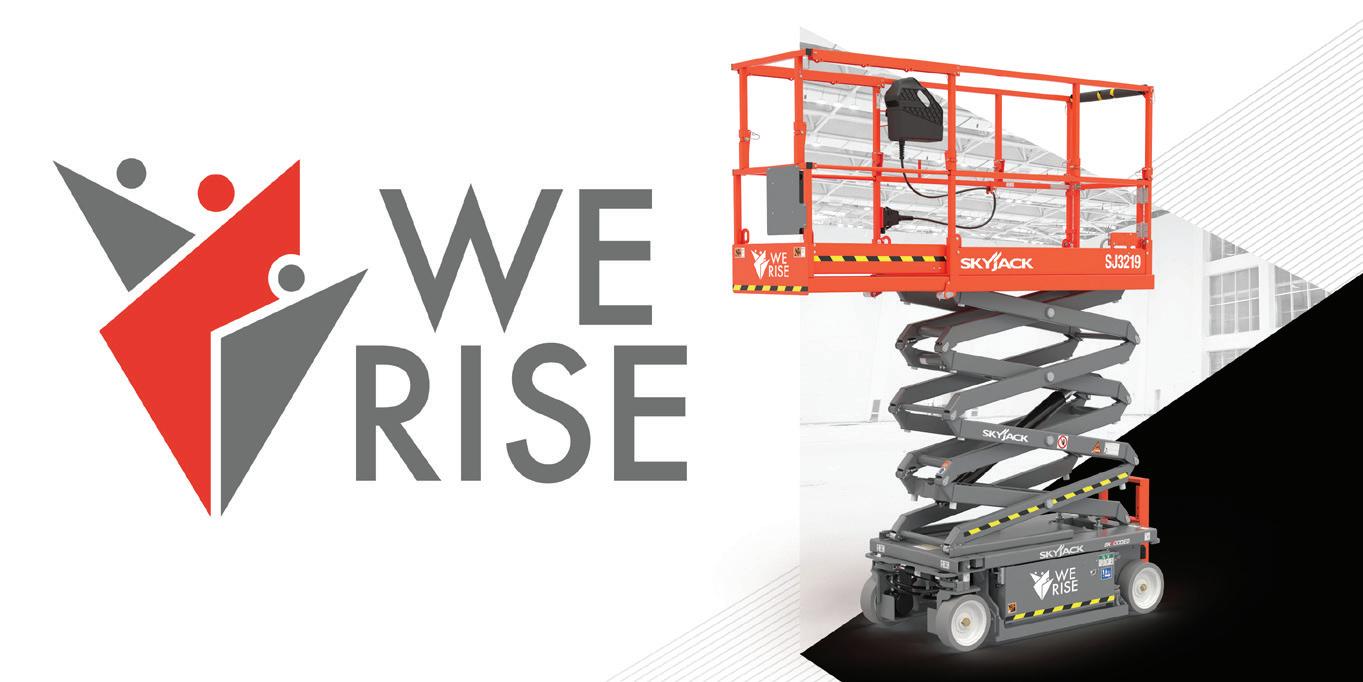
Also, for all of us to see the good in humanity and that the stories of support and giving back may provide a sense of hope or at least bring a smile in a time where we aren’t seeing enough “feel good” stories.
Q. Are you seeing a lot of positive stories and reactions for the campaign? What has been one of your favorite stories so far?
A. Yes, that is what it is all about. Each month, we highlight the one that has appealed to us most. The latest is a husband who rented a Skyjack scissor lift to visit his wife in a long-term care facility.
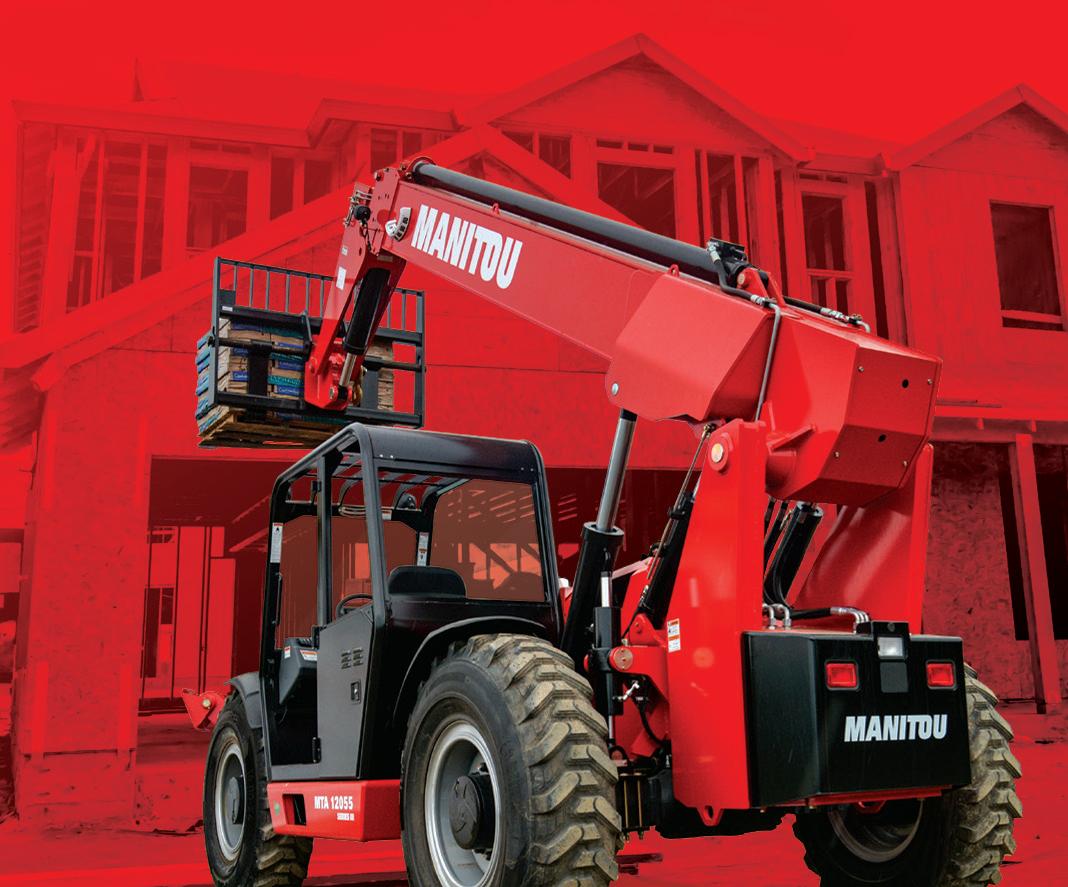
Q. In such a difficult time, how can lifting others within the rental industry benefit the industry as a whole?
A. The stories we have heard so far have one thing in common, community. Whether it be the community within a rental company or the wider community supporting healthcare workers and charities. Sharing stories like this with a wider audience can draw the attention globally to the great things that are being done within the rental industry, thereby raising the positive profile of rental.
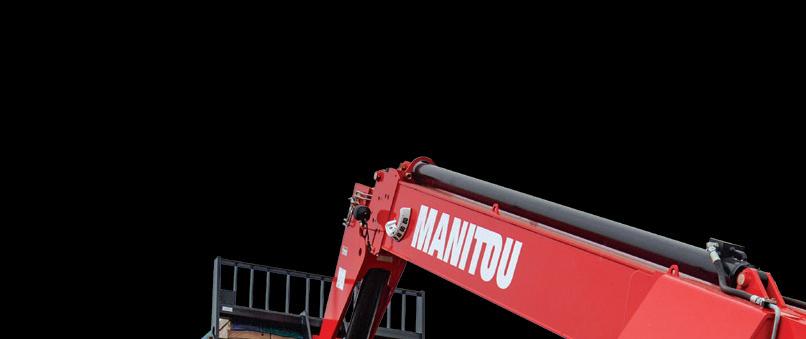
Q. What do you think is the best way rental businesses can approach COVID, and get back into growth and opportunity?
A. First, by remaining positive. COVID has taught us about flexibility and responsiveness, so a culture of agility is going to be important. Increasingly, that agility is going to require quick decision making and that, in turn, demands live data from business systems, telematics, and the like.
The other important item is that we remain calm and controlled, as the entire industry and the entire world is going through the same issues with COVID. Making short-term and uncontrolled decisions will only harm the market and industry for the longer term, and this would outweigh any perceived short-term gains.

Q. What is your outlook for the future of the rental industry post-COVID?
A. At a high level, the fact remains that the fundamentals that drive rental penetration are unchanged. The demand remains in major markets for infrastructure development. It’s probably more about how the rental industry does things that will change. but also feeds into some of the needs for social distancing as many items can be diagnosed and/or predicted using ELEVATE rather than a direct service call. Other innovations will continue to become paramount as we collectively look for ways to increase ROI in rental fleets and with the OEMs.
Stories can be submitted to: skyjack. com/we-rise.
As McDougall says, “As we say at Skyjack: ‘Tough times don’t last, but tough teams do.’ This is true of Skyjack, but importantly, it is clearly evidenced in the rental industry as a whole.”
Q. I think one of the most important facets of this challenging time we’re living in is innovation. What are you seeing come out of the rental industry in this regard?
A. Ironically, we have had more interest in our telematics, ELEVATE, that allows more effective fleet management. This allows not only more effective fleet management
RENTAL
Designed to Reach Heights of 19 - 55 ft
Reliable Lifting Up to 12,000 lbs
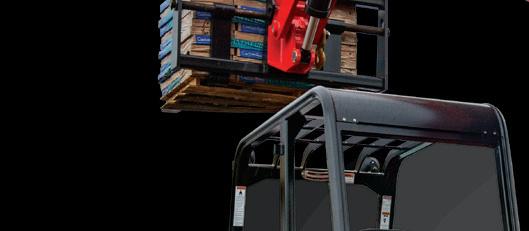

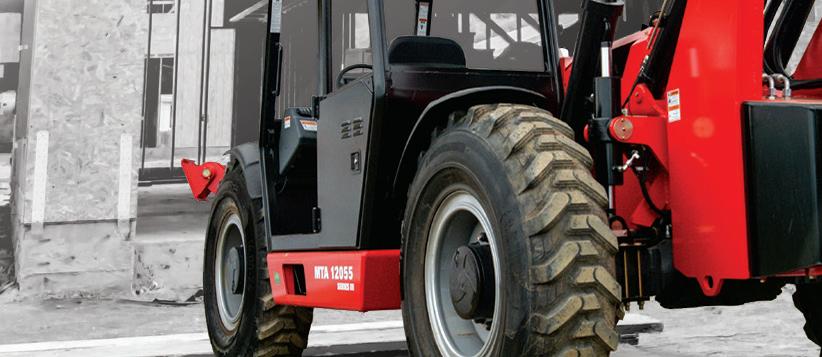
See our full range of construction telehandlers and more at manitou.com
THE ART OF SELLING YOUR
BUSINESS: AN EXCERPT
After 2020, you may be wondering if now is the right time to sell your business. The first step is to understand the landscape of potential acquirers.
Small business owners are a cornerstone of our society. But what COVID-19 and 2020 showed us is that small business owners are also the backbone of our economy. Though filled with both good and bad, business owners saw a huge shift in how they must run their business. And under such challenging circumstances, with trials and tribulations aplenty, many rental business owners made the difficult decision to close their doors or leave their company in someone else’s hands.
The act of retiring or selling your business is an impassioned decision in and of itself, but many fall prey to ulterior business motives in the closing processes. Financial predators and corporate giants eagerly wait to pounce, using sleazy tactics to take advantage of owners who lack of experience when it comes to mergers and acquisitions.
However, there’s a way for rental business owners to level the playing field. John Warrillow, an author who specializes in business books and business selling know-how, wrote a book called, “The Art of Selling your Business: Winning Strategies and Secret Hacks for Exiting on Top.” With plenty of tips, tricks, and insight, the book offers real-life examples of how cashed-out business owners and founders monetized their businesses. Here is a brief intro from Warrillow himself, followed by an excerpt from Chapter 6, titled Playing the Field: Understanding the Three Types of Acquirers: “If you’re in the construction business, 2020 might have been a pretty good year for your company. You may be wondering if now is time to sell. The first step is to understand the landscape of potential acquirers for your business. In the following excerpt, you’ll discover two types of acquirers, and the pros and cons of selling to each.”
ACQUIRER TYPE 1: INDIVIDUAL INVESTOR
If your business is on the smaller side, less than a few million dollars in annual revenue, it might be intriguing to an individual looking for an investment or seeking to replace a job they have recently lost or left. People who are downsized or who leave a company midcareer often bristle at the idea of going back to work for someone again and look at acquiring a business as a way to be their own boss. They are usually somewhat established financially and have some experience, so if your business is relatively small and consistently profitable, an individual may be able to borrow the money to buy it.
Individual investors are generally less sophisticated than strategic acquirers or financial buyers, such as private equity groups (PEGs), which means you may be able to drive a better deal with less scrutiny over the details of your business than you might endure when selling to a strategic investor.
It’s rare that an individual investor pays cash for an acquisition. Typically, in order to gather most of the money to buy your business, individual investors

borrow from two places: a bank and you.
Instead of taking all of your proceeds in cash, when you agree to finance some of the sale, you offer to accept some of your money over time while the buyer uses your business as collateral for your loan. When it goes well, the buyer takes some of the profits from running your company and pays you back, often with interest. If the buyer fails to pay you, you are almost always second in line behind the bank, which will ensure they get paid before you see any of your money.
THE ART OF NEGOTIATING WITH AN INDIVIDUAL INVESTOR
Along with typically being less sophisticated buyers, individual investors are also usually the least well financed. In some countries, the government will guarantee a bank loan to an individual investor to buy a business (e.g., an SBA loan), provided the deal meets a set of criteria.
Some individual investors are trying entrepreneurship for the first time, so they might end up being hopeless at running your business. Others may fail when they try to graft their business strategies onto a company like yours.
Strive to get as much cash up front as you can, and be clear on what you’re willing to do to help the new buyer learn your business. Plan to stay involved for a while to show them the ropes. Aim for a deal where you consider the portion of your proceeds from a sale that are being paid overtime as “gravy,” so if the buyer fails, you’re still satisfied with the transaction.
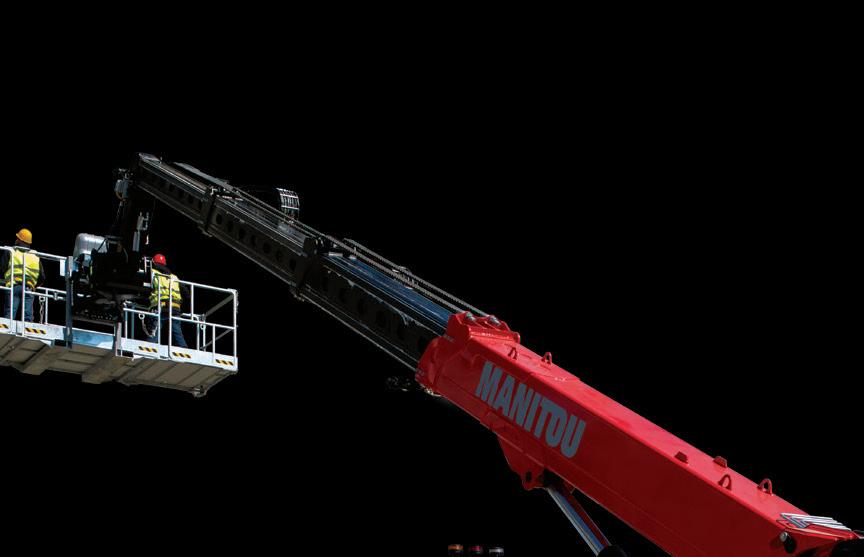
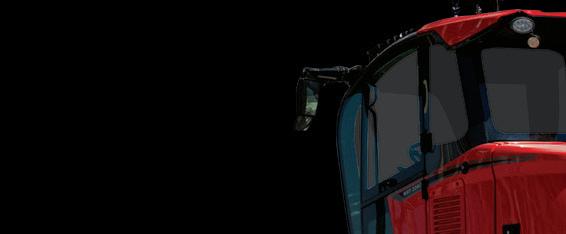
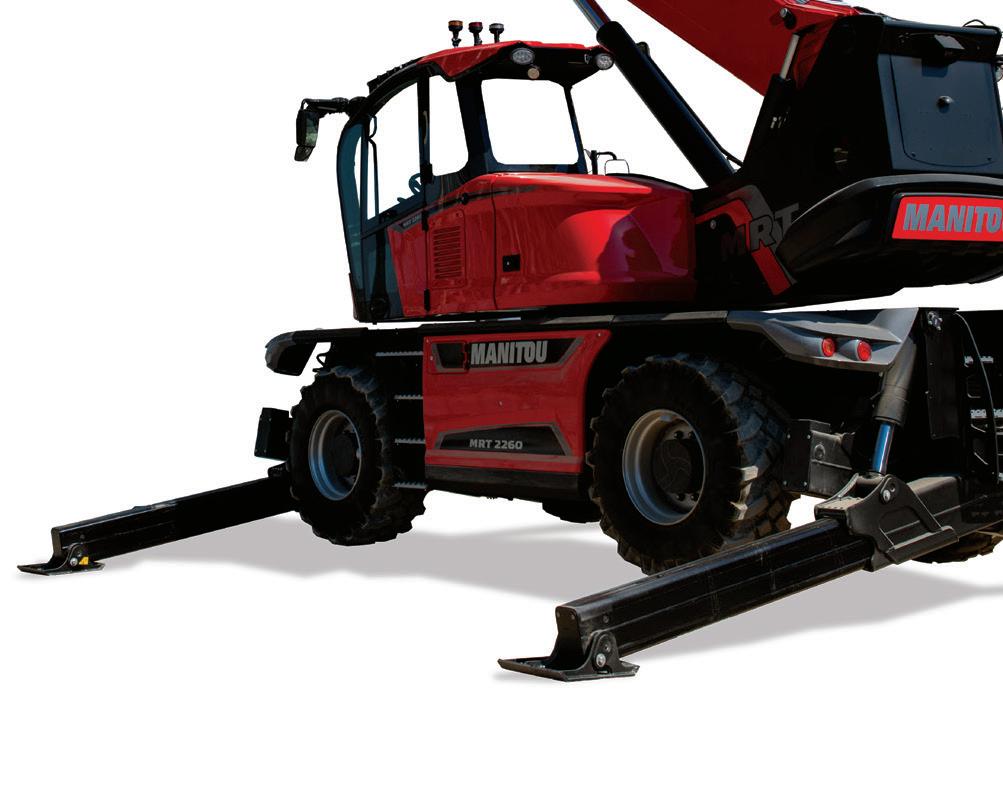
ACQUIRER TYPE 2: PRIVATE EQUITY GROUP
Another possible acquirer for your business is a PEG. This category can be further divided into three types: 1. A fund, usually with multiple shareholders, that is set up to buy, improve, and flip companies (typically within five to seven years). 2. A family office interested in investing money in a sector, usually on behalf of a wealthy family, and often with no immediate plans to sell. 3. A fundless sponsor is an individual who thinks they can raise the money to buy a business. This is usually someone who wants to own a business, thinks they can add value by operating it better than it’s being run today, and has contacts to back them.
PEGs are generally run by people who have already sold a business or have gone to a fancy business school. Their game is to find a business that is scalable or is NEEDS underperforming and could benefit from additional capital and better management.
The idea is Designed to Reach Heights usually to bring 51 - 114 ft some business Equipped to Lift Over school rigor 15,000 lbs to running your company, maximize its value, and turn around and sell it for much more than they paid.
One of the tricks PEGs use is to apply a lot of debt to maximize their See our full range of rotating return. Similar to telehandlers and more at buying a house manitou.com
with a small deposit, the leverage allows the buyer to amplify their returns for shareholders if things go as planned. To borrow money using your business as collateral, your business has to be what industry insiders call “bankable,” meaning it is a business that consistently generates profits that would allow a bank loan to be paid back with some wiggle room if things go south. That’s why PEGs are usually looking for larger, more mature businesses that have a consistent track record of making money.”
John Warrillow Author & Founder
The Value Builder System






